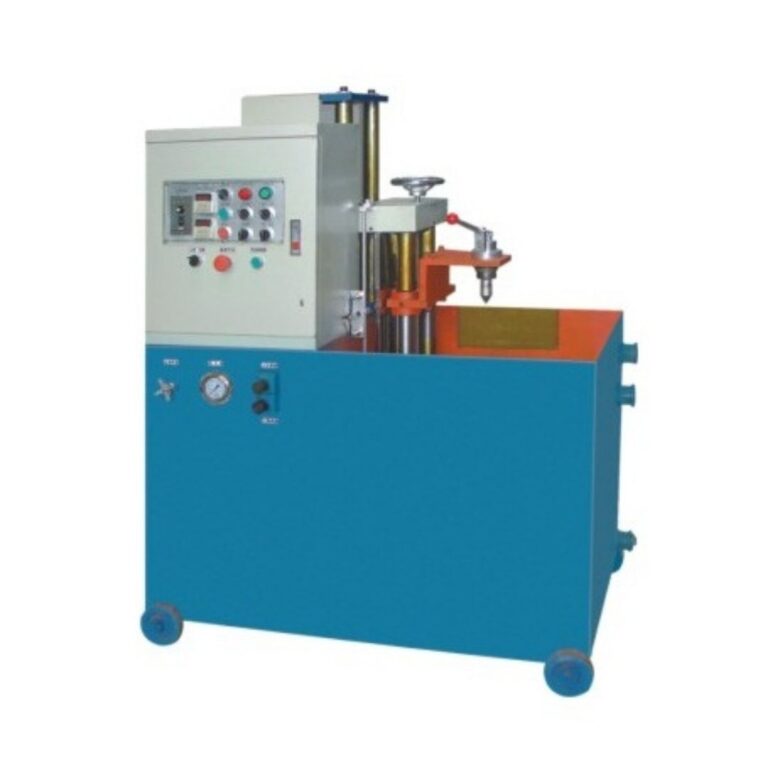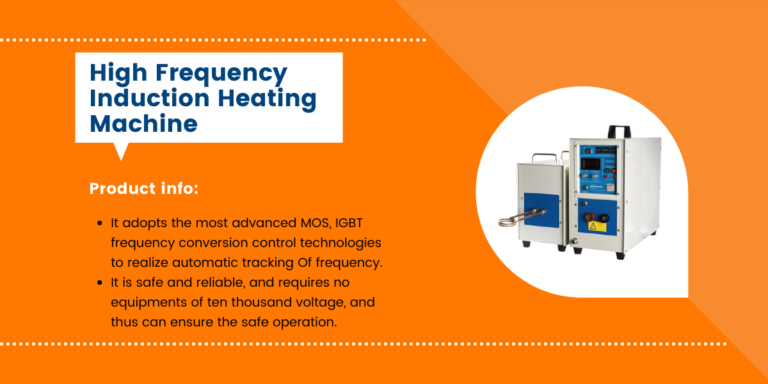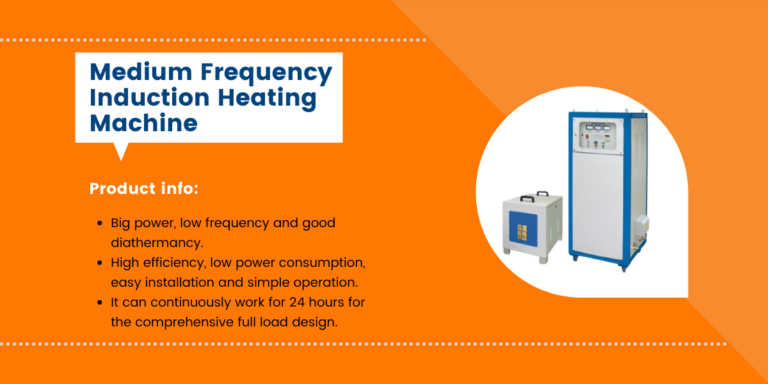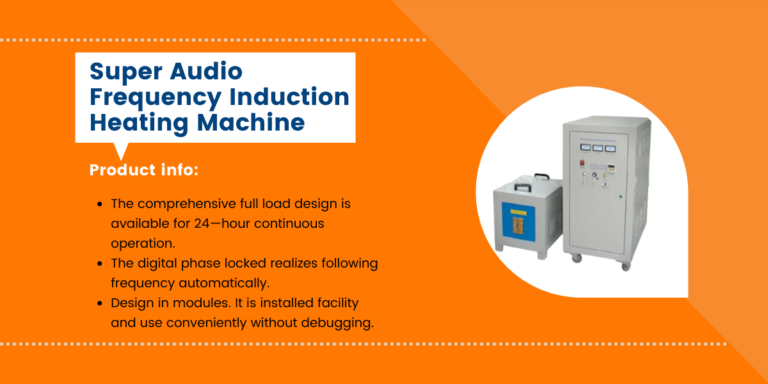Everything You Need to Know About Billet Heaters
In industrial processes, precision and efficiency are critical. One tool that has become indispensable in various manufacturing applications is the billet heater. This highly specialized equipment plays a vital role in industries such as forging, extrusion, and metal processing, where precise temperature control and energy efficiency are paramount. In this blog, we will explore what billet heaters are, how they work, their applications, benefits, and why they are a worthwhile investment for your industrial needs.
What Is a Billet Heater?
A billet heater is a device designed to heat metal billets, which are semi-finished metal products often used as raw materials in manufacturing processes. These billets, typically made of steel, aluminum, copper, or other alloys, must be heated to specific temperatures to facilitate further processing such as forging, extrusion, or rolling. The primary purpose of a billet heater is to ensure uniform heating while maintaining energy efficiency and minimizing material waste.
How Do Billet Heaters Work?
Billet heaters primarily use induction heating or electric resistance methods to generate heat. Here’s a breakdown of how these systems work:
1. Induction Heating:
> Induction billet heaters operate on the principle of electromagnetic induction. An alternating current flows through a coil, creating a magnetic field. When a billet is placed inside the coil, the magnetic field induces eddy currents within the billet. These currents generate heat due to the electrical resistance of the material.
> Induction heating is highly efficient because it directly heats the billet, minimizing energy loss.
2. Electric Resistance Heating:
> In electric resistance heaters, the billet comes into contact with a resistive element, converting electrical energy into heat.
While less common than induction heating, this method is straightforward and effective for specific applications.
Both methods allow for precise control of temperature and heating rates, ensuring consistent quality in downstream
processes..
Applications of Billet Heaters
Billet heaters are essential in various industries and processes. Some key applications include:
1. Forging
>In forging, billets must be heated to high temperatures to make them malleable enough to be shaped into desired forms. Uniform heating ensures better material flow and reduces defects. 2. Extrusion
Extrusion processes involve forcing heated billets through a die to create long objects of a fixed cross-section, such as pipes or rods. Accurate temperature control is critical for maintaining product quality. .3. Rolling Mills
In rolling mills, billets are heated and then passed through rollers to reduce thickness or change cross-sectional shape.4.Heat Treatment
Billet heaters are used in annealing, tempering, or other heat-treatment processes to improve the mechanical properties of metal billets.5. Foundries and Smelting:
Billet heaters are employed in preheating billets before they are melted down in foundries and smelting operations.
Advantages of Using Billet Heaters
Investing in billet heaters can bring significant benefits to your industrial operations. Here are some key advantages:
1. Energy Efficiency:
Induction billet theaters are famous for their energy efficiency, as they are straightforward and physical without wasting energy on the surrounding environment. .2. Precise Temperature Control:
Modern billet heaters offer sophisticated temperature control systems, enabling manufacturers to achieve the exact heating conditions required for specific processes..3. Reduced Material Waste:
kUniform heating minimizes the risk of defects, reducing material wastage and improving overall productivity..4. Faster Heating Cycles:
Induction heating technology allows for rapid heating, reducing cycle times and increasing throughput..5. Environmentally Friendly:
With lower energy consumption and reduced emissions, billet heaters contribute to sustainable manufacturing practices. o.6. Versatility:
Bill E theater scans handle a wide range of EOF materials and sizes, making them suitable for a wide variety of applications. .Key Features to Look for in a Billet Heater
When selecting a billet heater for your operation, consider the following features:.
1. Heating Technology:
>Choose between induction or electric resistance heating based on your application requirementso.
2. Power Heater
Ensure the heater can deliver the necessary power output to meet your production demands.
3. Temperature Control
Look for advanced control systems that offer precise and programmable temperature settings.4. Material Compatibility:
Verify that the heater is compatible with the type of billets you use (e.g., steel, aluminium, copper)..5. Automation Options:
Modern billet heaters often feature automation capabilities, allowing for seamless integration into existing production lines.6. Durability and Maintenance:
Choose a heater built with robust materials and low-maintenance designs to ensure long-term reliability.Who Are We
Malhotra Technologies Established in 2007, Malhotra Technologies (INDUCTION MASTER) is a reputed company that manufactures and supplies a broad assortment of (INDUCTION HEATING MACHINE) Induction-hardening machines,Induction Forging Machine, high-frequency induction heaters, medium-frequency power heaters, UHF induction heaters, annealing machine, sintering machine, electroplating rectifiers, heat-treatment machine, and Induction brazing machine. They also supply products like 15 series induction heaters, 25 series induction heaters, 35 series induction heaters, 70 series induction heaters, medium frequency power heaters, melting machine frequency power heaters,s and forging furnace frequency power heaters. These items are developed using high-quality raw materials procured from retailers following international norms.Special Purpose KNOW MORE.
BILLET HEATER (FAQ)
1. Steel Industry 2. Aluminum Industry 3. Forging Industry
4. Automotive Industry 5. Aerospace Industry 6. Rolling Mills
7. Metal Extrusion Industry 8. Foundry Industry 9. Energy and Power Industry




